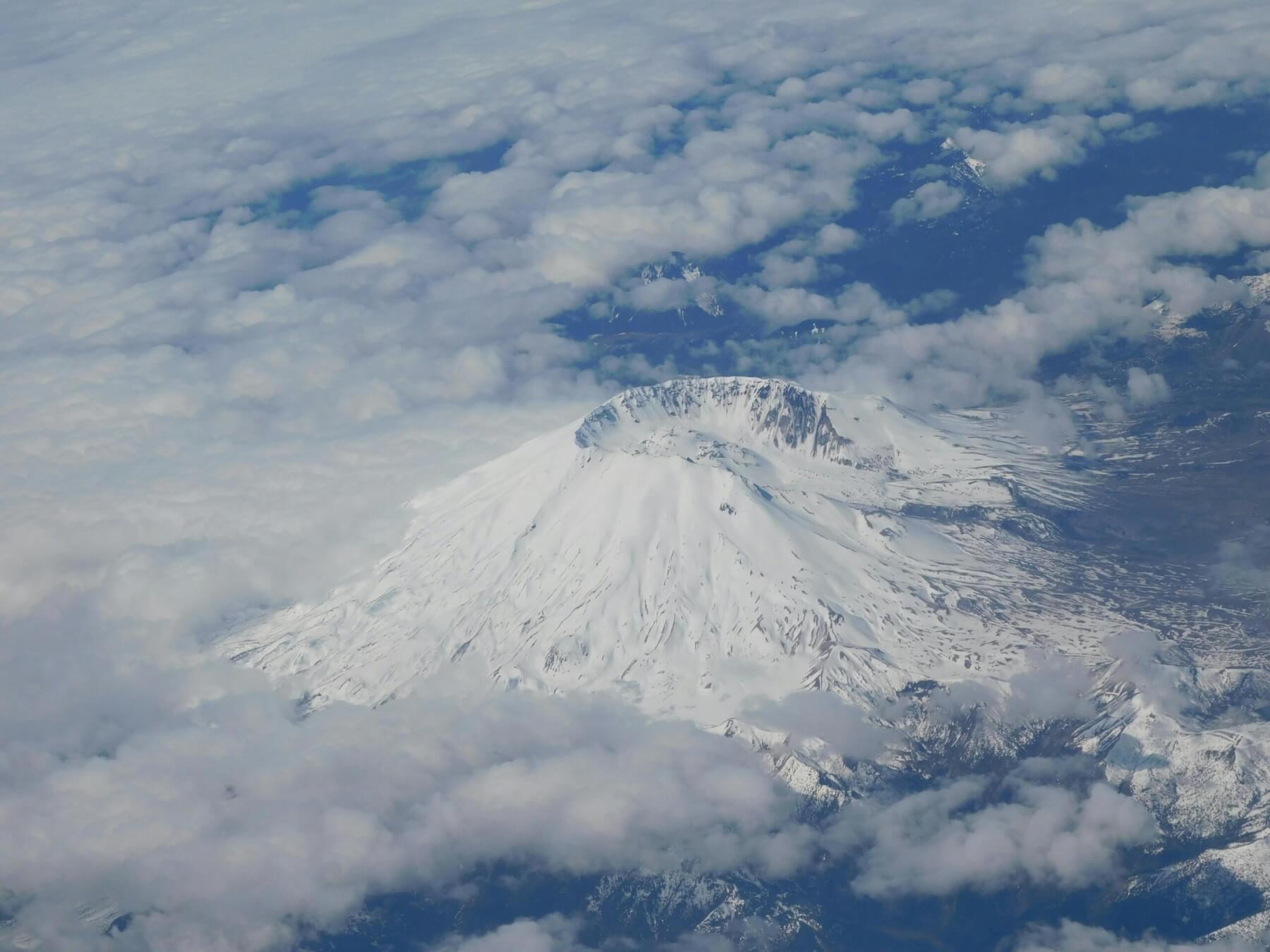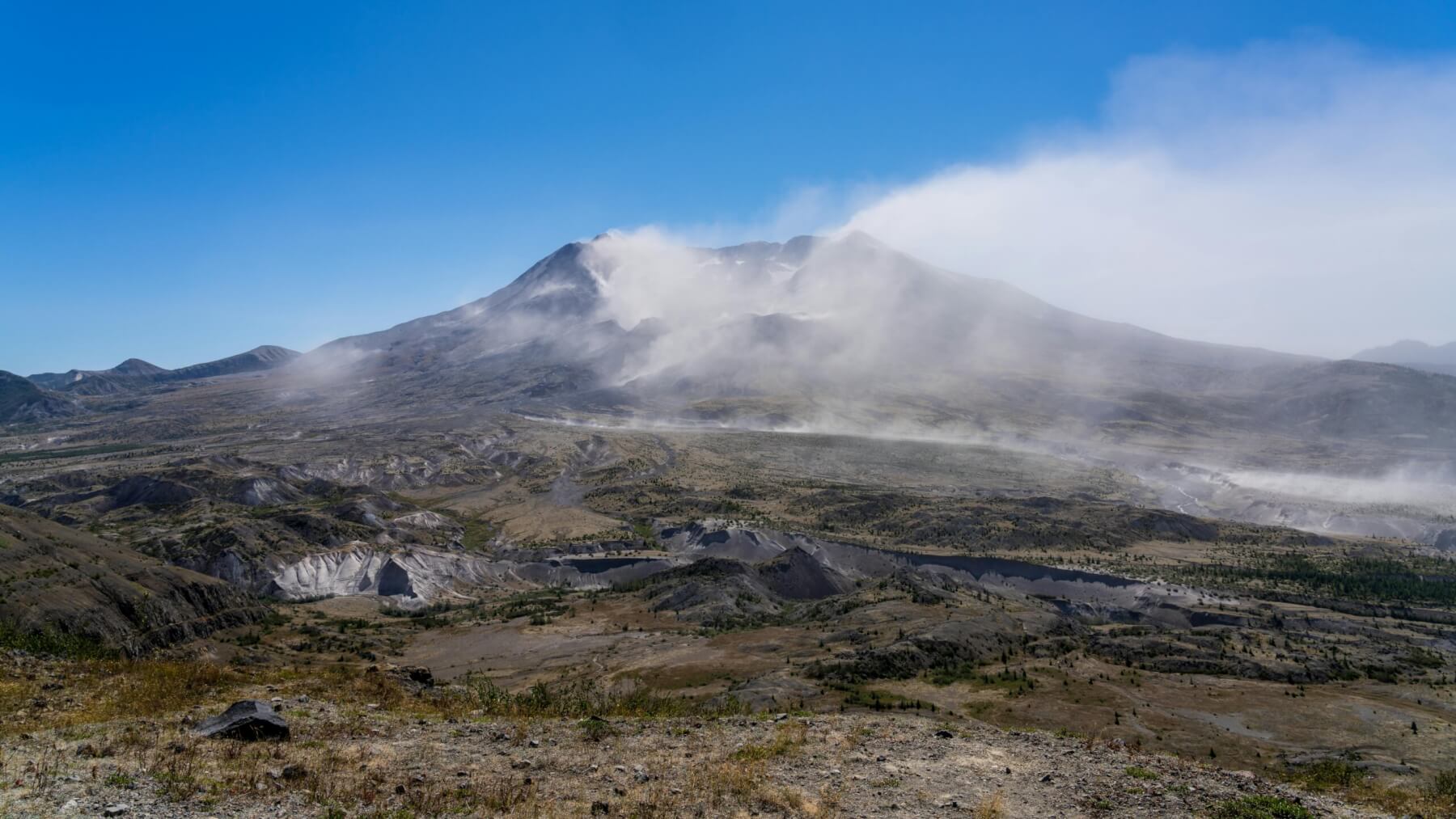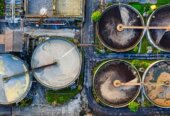This time in 1980 in the United States activity was increasing at Mount St Helens volcano, Washington.
Several earthquakes were detected in mid-March, alerting scientists at the United States Geological Survey (USGS, the equivalent of our GNS Science) that something might be happening.

Mount St. Helens from Above the Clouds. Photo: Dominic Ivey pexels.com
Today detecting a few earthquakes is a totally normal part of the life of a dormant volcano, we can detect and locate so much more with our improved technology and knowledge. In 1980 there was no knowing that this activity would lead to a formidable eruption that would end 57 lives in a style that was mostly unheard of at the time. Time was quickly ticking closer to the big event.

Janine Krippner
On March 27 a phreatic (steam) eruption blasted out a 60-75m diameter crater at the summit. The crater grew to 400m within a week with continued explosions. Initially they were frequent, but they declined by late April. Something else much more concerning was happening. The north flank was bulging outwards at about 2m every day. That is fast – and evidence of magma moving up into the volcano, forming a cryptodome within.
Growing up in Te Awamutu, reading about this eruption showed me how critical communication is. People fought to get back into the exclusion zone that had been set up to keep them out of the area that was growing more dangerous as time went on. One man, Harry R. Truman, became a celebrity with his defiance, choosing to stay put in his home near the volcano. His story did not have a happy ending.
Today we have plenty of footage showing what eruptions do. Volcanologists have made a VolFilms video collection to explain the volcanic processes and what they do so we can more efficiently warn people. We have volcanologists like me dedicated to sharing what we know. We know that the right information received in the right ways can save lives and prevent enormous suffering.
A big challenge is when there is ongoing unrest like at Mount St. Helens lasting for several months. This is especially an issue when people are evacuated. We usually cannot tell you when exactly a volcano will erupt, or exactly how big it will be, as the system of magma is constantly changing. Understandably, it is harder to stay away as time goes on.
With searing hot, very fast pyroclastic flows, flying rocks (ballistics), or volcanic floods (lahars), the way to survive is to not be there in the first place. Evacuations are our best bet.
The toughest lessons are learned when we experience great loss – 44 years ago volcanology was about to take a great leap forward in understanding unrest, eruptions, and how communities respond.
Since then, we have studied many eruptions around the world so that we can prepare and warn communities in this critical time leading to an eruption. We have the powerful lessons taught by hindsight and we push forward so that our communities can benefit from it.

Fog on Mount St. Helens. Photo: John Callery pexels.com









